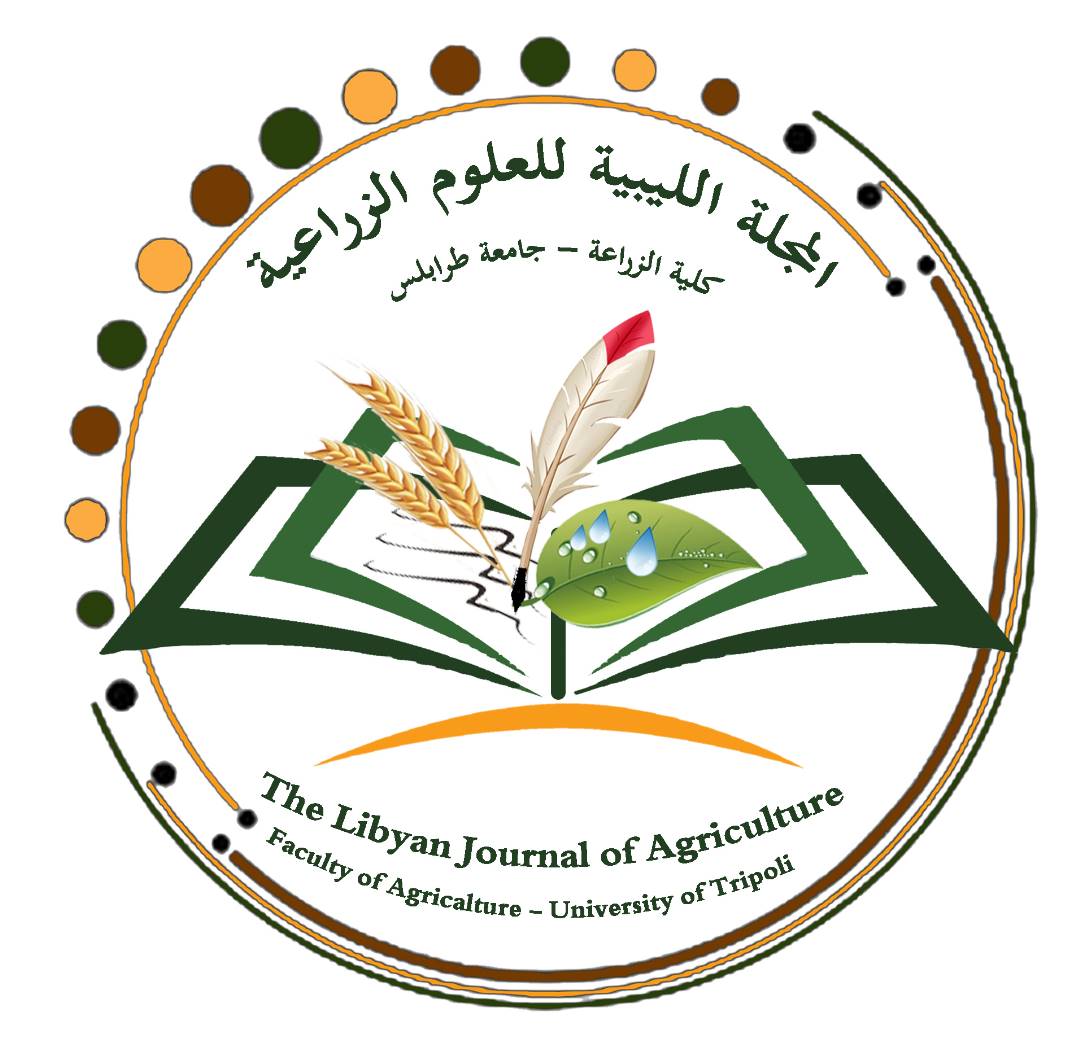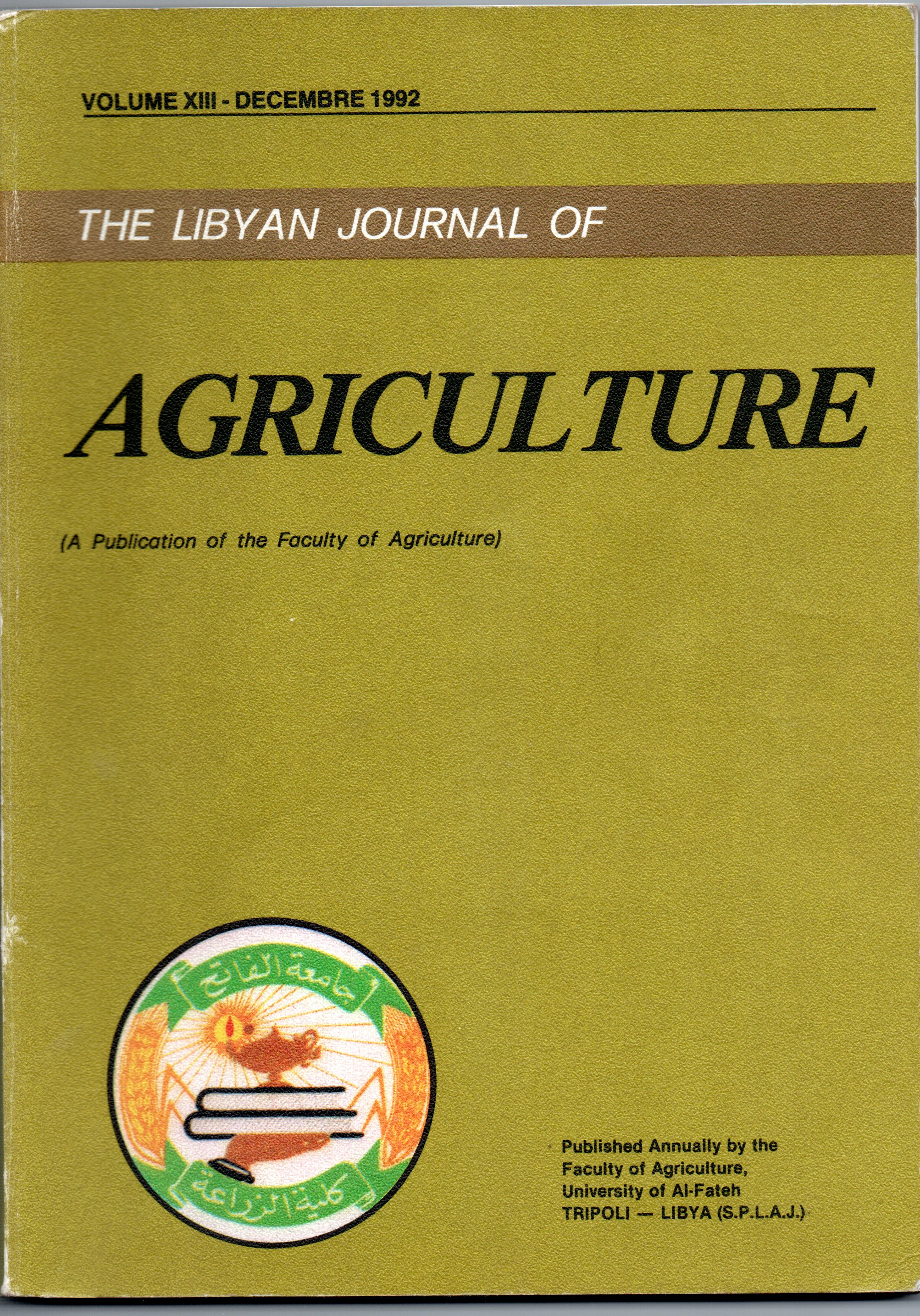العلاقة بين الإنتاج ومكوناته الظاهرية في الزيوان الحولي
محتوى المقالة الرئيسي
الملخص
لقد أقترحت امكانية التحسين الوراثي لمحصول العلف في الزيوان الحولي من خلال الانتخاب للعوامل الظاهرية مثل معدل استطالة الأوراق
تفاصيل المقالة
كيفية الاقتباس
الصل M. M., الزروق K. M.-., & الصغير K. . (2023). العلاقة بين الإنتاج ومكوناته الظاهرية في الزيوان الحولي. المجلة الليبية للعلوم الزراعية, 13(1). استرجع في من https://uot.edu.ly/journals/index.php/ljagric/article/view/411
القسم
Articles

